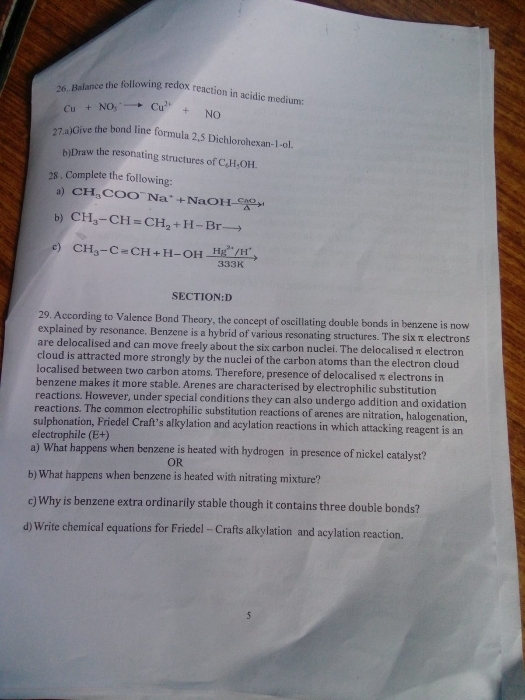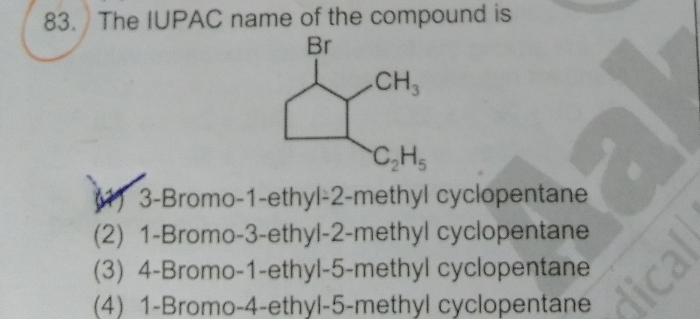CBSE Class 11-science Answered
Rule 1: The oxidation number of an atom in free uncombined elemental state is zero. For example, each atom in the elements such as Ca, H2, Cl2, O3, S8, P4 and so on has oxidation number of zero.
Rule 2: The oxidation number of an atom in a monoatomic ion is equal to its charge.
For example, Ba+2 Cr+3 K+1
↑ ↑ ↑
+2 +3 +1
Rule 3: The oxidation number of H atom is either +1 or -1. When H is bonded to non-metals, its oxidation number is +1. When it is bonded to metals, its oxidation number is -1.
For example:
[O – H ]- [Li – H]
↑ ↑ ↑ ↑
-2 +1 +1 -1
Rule 4: The oxidation number of oxygen is usually -2 in all of its compounds except in peroxides and peroxide ions where it has oxidation number of -1.
For example:
Ca –O H – O – O – H
↑ ↑ ↑ ↑ ↑ ↑
+2 -2 +1 -1 -1 +1
Rule 5 :The oxidation number of F is always -1 in all of its compounds. The other halogens Cl, Br and I usually have oxidation number of -1 in their compounds. The exception is the compounds in which these halogens (Cl, Br and I) are bonded to oxygen. In such compounds, oxidation number of Cl, Br or I is +1.
For example:
H – F Cl – O – Cl
↑ ↑ ↑ ↑ ↑
+1 -1 +1 -2 + 1
Rule 6:The algebraic sum of the oxidation states of all atoms in a neutral molecule is zero. For example, IN CdS oxidation number of Cd+ oxidation number of S = +2-2 = 0
Rule 7: The algebraic sum of the oxidation numbers of all the atoms in a polyatomic ion is equal to the net charge of the ion. In SO42- ion,
Oxidation state of S + 4 x Oxidation state of oxygen
= +6 + 4x (-2) = 6 – 8 = -2
Hope this helps!! Cheers!!













